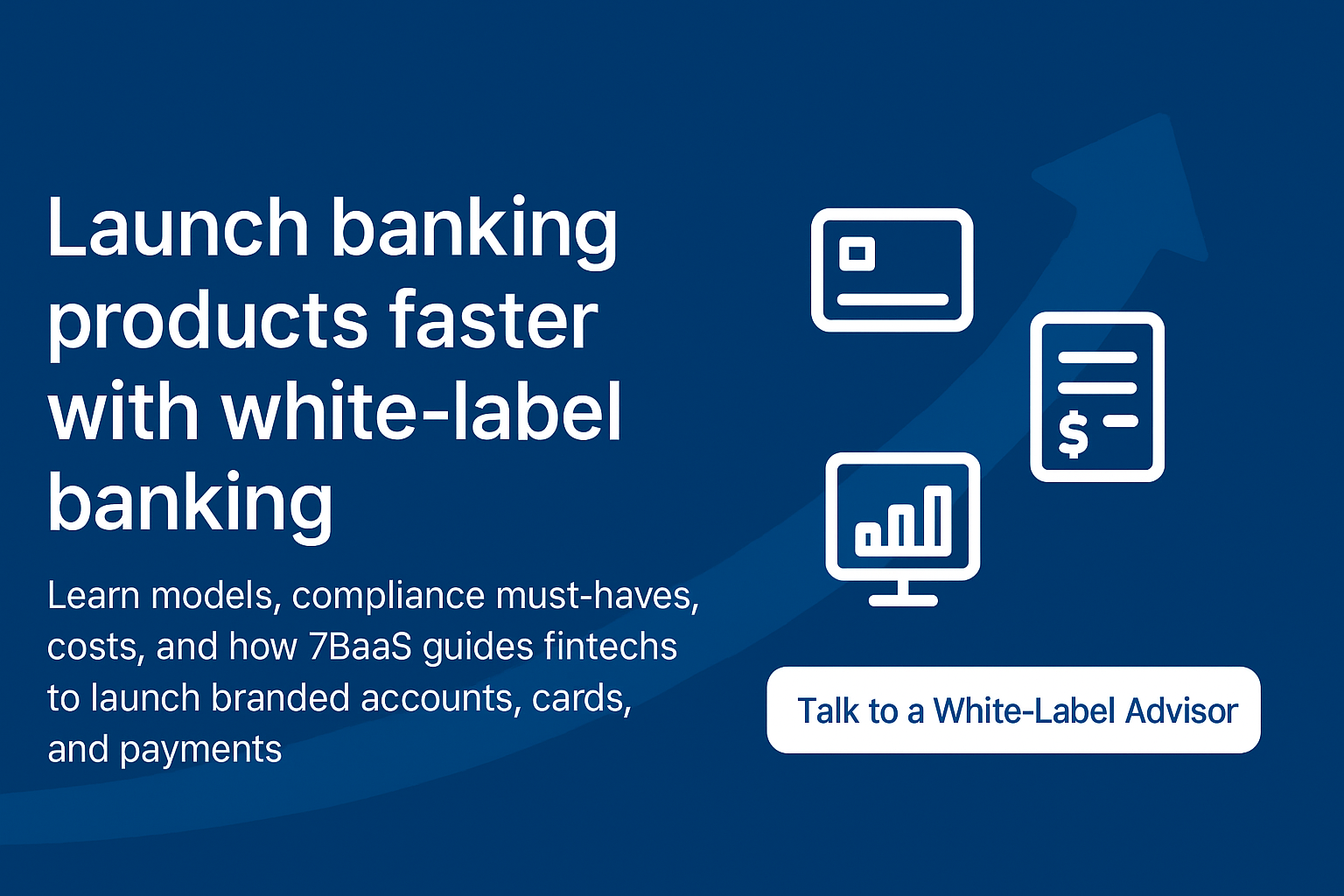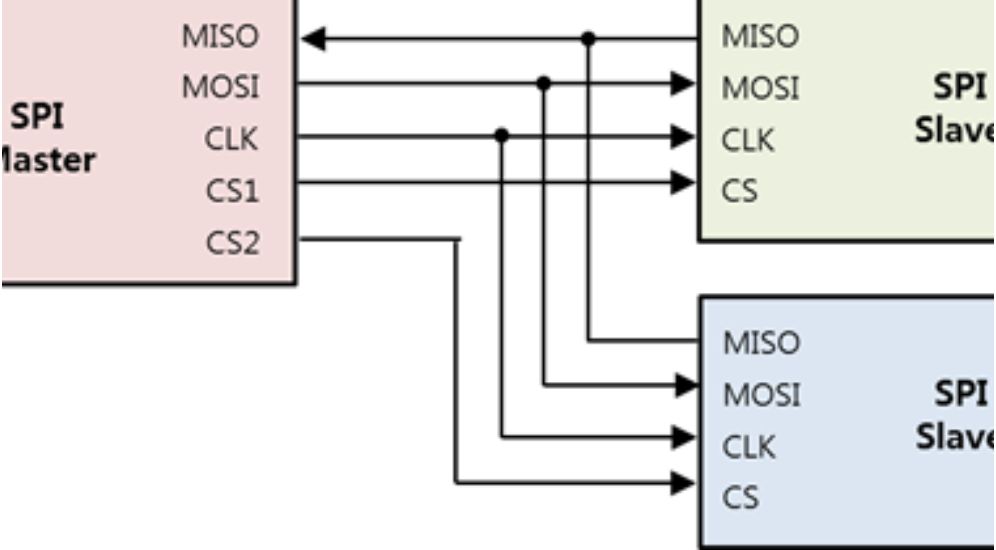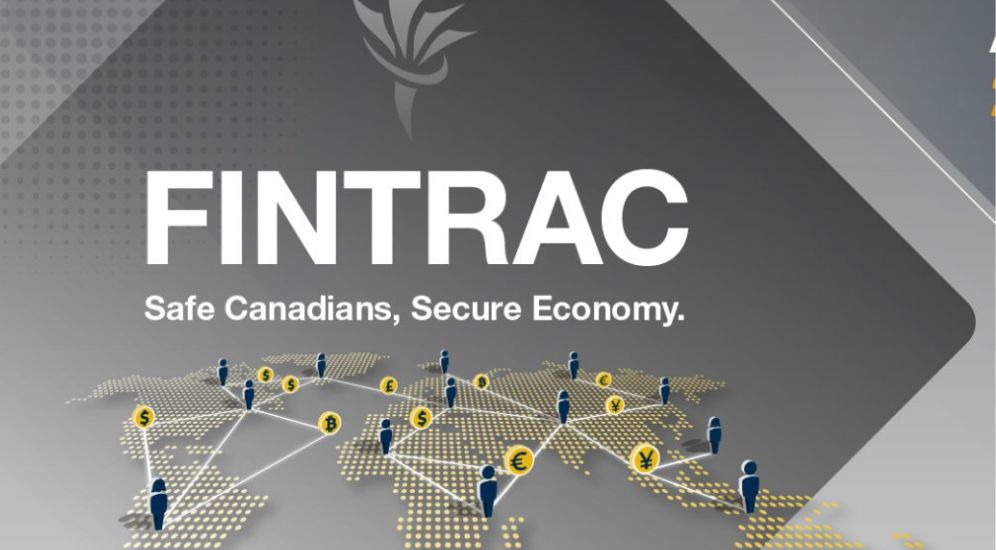The modern world of fintech has found a swarm of financial services providers that share their innovative products and services which can disrupt the approach to bank operations. The most notable of them are the Payment Institutions (PIs) and Electronic Money Institutions (EMIs). Although both entities are licensed to support the process of digital payments, they have different features, functionality, and regulations. This knowledge of the differences among them is essential to businesses wishing to decide which license to use in their operation and to those consumers who need to know the services that they are utilizing.
What is a Payment Institution?
A Payment Institution (PI) is a non-bank financial organization that is granted the right to provide payment services of various types. Regulated by laws such as the Payment Services Directive (PSD2) in the European Union, PIs serve as mediators, and bring money between two parties. Their major use is to take payment transactions, rather than to safekeep customer funds over a long period of time.
Core Services of a Payment Institution:
- Money Remittance: Services that allow the transfer of funds from a payer to a payee without the use of a payment account.
- Payment Execution: This includes credit transfers, direct debits, and transactions made through a payment card.
- Issuing Payment Instruments and Acquiring Payment Transactions: PIs can issue instruments like debit cards and process transactions on behalf of merchants.
- Payment Initiation Services (PIS): A service that initiates a payment from a user’s account with another payment service provider.
In essence, a PI focuses on the “movement” of money. They are a channel for transactions, not a store of value.
What is an Electronic Money Institution (EMI)?
An Electronic Money Institution (EMI) is a more comprehensive type of financial institution that can perform all the functions of a PI, but with one key additional capability: the ability to issue electronic money (e-money). This allows them to create and manage digital wallets, prepaid cards, and other “stored-value” solutions.
Core Services of an EMI:
- All PI Services: EMIs can provide all the payment services offered by a PI.
- Issuance of Electronic Money (E-money): This is the defining feature of an EMI. E-money is a digital substitute for cash, representing a monetary value stored on a device or server. It is issued upon the receipt of funds and is used to make payment transactions.
- Management of E-money Accounts: EMIs can hold customer funds in a “payment account” or “e-wallet,” where the funds are stored as e-money.
An electronic money institution emi is therefore a hybrid entity that not only facilitates payments but also serves as a digital store of value.
The Key Differences at a Glance
The distinctions between PIs and EMIs are centered on their core functionality, regulatory requirements, and business models.
| Feature | Payment Institution (PI) | Electronic Money Institution (EMI) |
| Core Functionality | Primarily processes payment transactions. | Issues and manages electronic money, in addition to processing payments. |
| Handling of Funds | Facilitates the flow of funds; does not hold customer funds for prolonged periods. | Can hold and store customer funds as electronic money in e-wallets or accounts. |
| Key Output | The execution of a payment transaction. | The issuance and redemption of electronic money. |
| Regulatory Framework | Regulated under directives like the Payment Services Directive (PSD2). | Regulated under both the PSD2 and the Electronic Money Directive (EMD). |
| Initial Capital Requirements | Generally lower, ranging from €20,000 to €125,000 (in the EU). | Higher, typically €350,000 (in the EU). |
| Safeguarding of Funds | Must safeguard customer funds in a dedicated account or with an insurance policy. | Must adhere to more stringent safeguarding requirements, as they hold customer funds for longer periods. |
| Typical Business Model | Focuses on transaction-based services like money transfers and payment processing for merchants. | Enables business models requiring stored-value solutions, such as digital wallets, prepaid cards, and loyalty programs. |
| Example Use Case | A money transfer service that facilitates a one-off payment from one person to another. | A fintech app that offers a digital wallet and a debit card, allowing users to hold and spend funds. |
Get a free quote and learn how we can help
Why These Differences Matter
The distinctions between PIs and EMIs have significant implications for both businesses and consumers.
For Businesses:
- Licensing and Compliance: The choice between a PI and EMI license depends entirely on the business model. A company that only wants to offer payment initiation services will likely opt for a PI license due to the lower capital requirements and simpler regulatory process. However, a business that plans to offer digital wallets or prepaid cards must secure an EMI license. The compliance burden for an emi electronic money institution is notably higher due to the need to protect stored customer funds.
- Operational Scope: An EMI license offers a much broader operational scope. A company with an electronic money license can provide services that a PI cannot, such as issuing cards and allowing users to hold an account balance. This flexibility can lead to greater revenue streams and a more integrated customer experience.
For Consumers:
- Nature of Funds: The funds held in a PI’s account are typically “in-transit” and are tied to a specific payment transaction. In contrast, funds held in an EMI’s e-wallet are a form of stored value. While both are required to be safeguarded, the legal nature and use of the funds are different.
- Service Offerings: Consumers will interact with PIs for services like one-off money transfers, while they will use EMIs for services that involve a digital account, such as mobile wallets and multi-currency accounts.
Conclusion
The terms Payment Institution and electronic money institution emi tend to be used interchangeably in the modern financial arena however what is failed to understand is that they represent two different categories of institutions. The capability of issuing and managing electronic money, which makes an EMI a store, as well as a payer, is the distinguishing factor. This one difference has resulted in a chain reaction of regulatory deviations, capital requirements and services that can be provided. With the evolving world of fintech, it is important to know these differences that happen in the world of digital finance.








One Response
Arrive at Riu Paradise Island from Nassau Airport comfortably in a limo, shuttle, or private car. Timely service and professional drivers ensure peace of mind.